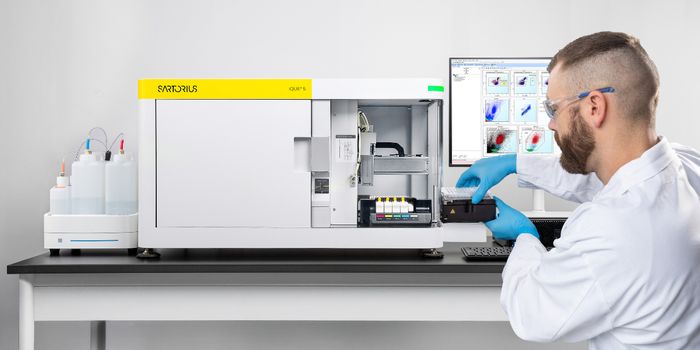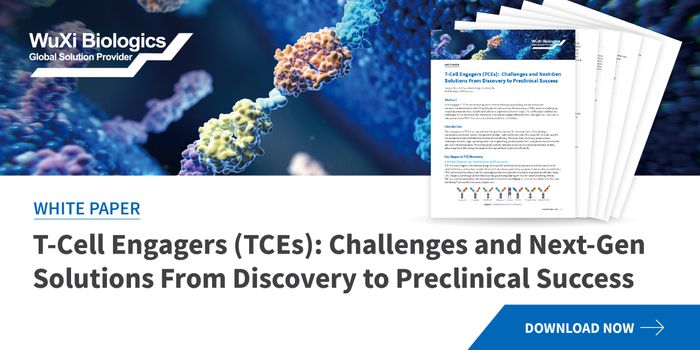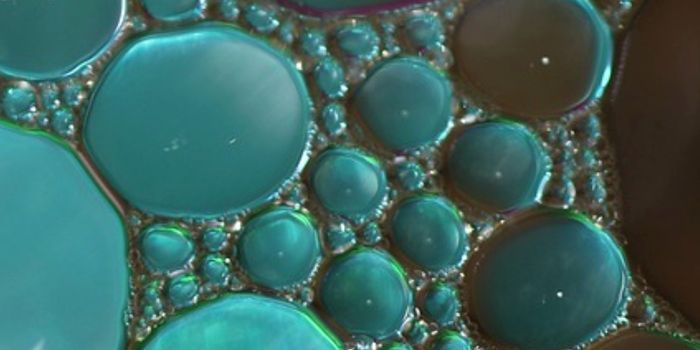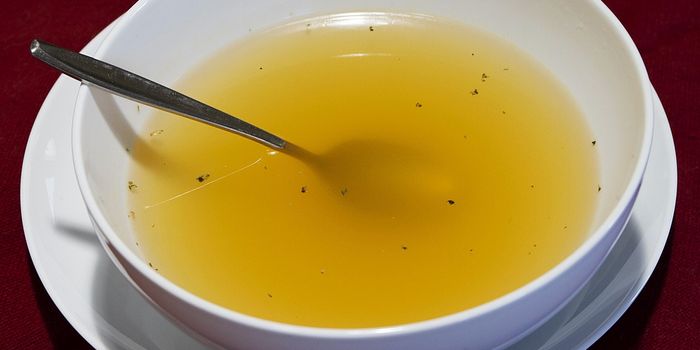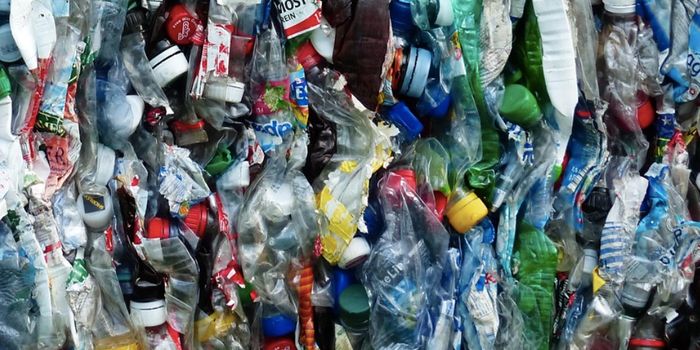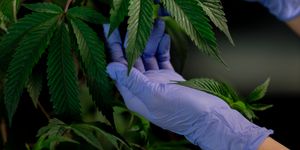With the Right Form, a More Functional Organoid is Built
In biology, it's sometimes said that form follows function; the shape of a protein can have a major impact on how it works, or a herd of animals might behave in a particular way. But new work has indicated that the opposite can also be true.
To understand biology, researchers can use models. But fruit flies, mice, or a dish of cells might not tell the whole story about what happens in a human body. Organoids were developed to make a more accurate model. With stem cells that are genetically programmed to specialize into the ones that are found in certain organs, researchers have been able to create simple models of organs called organoids, which often self-assemble and function like the real thing. But there is still a way to go before these models work reliably and efficiently; new work has advanced the techology.
One challenge has been that the stem cells that are used to generate organoids might behave in a random way. If stem cells are added to a hydrogel, researchers may lack good control over when, where, and how many organoids might form. Scientists in the lab of Matthias Lütolf at the EPFL School of Life Sciences looked for ways to control organoid development. Their research has shown that external forces can have a major impact on organic biology. The work has been reported in Nature.
This study revealed that when creating organoids, their initial shape is important; if the organoids start out with a uniform shape, the shape they ultimately produce will be reproducible. The researchers determined that when organoids are shaped as the actual organ is, their cellular composition and functions will also be more like the organ they're mimicking.
The scientists used an approach called micropatterning, in which hydrogels were shaped with pre-formed cavities, similar to the form of the human intestine, which has 'peaks and valleys.' The form of the intestine is crucial to how it works. When stem cells were grown in a hydrogel with the shape that an intestinal crypt has, they organized and behaved that way.
There are Paneth cells in the intestinal crypts, which help sustain the intestinal epithelium and maintain stem cells. In this work, Paneth cells only arose in the crypt cavities, while other cell types in the organoid intestine also grew in the right places.
"Our method proved efficient in guiding stem cell-based organogenesis," said Lütolf. "Our organoid cultures can be used to answer questions that existing models, including animals, cannot, and they can also help translate organoid technology into real-world applications."
Sources: EPFL (École Polytechnique Fédérale de Lausanne), Nature


